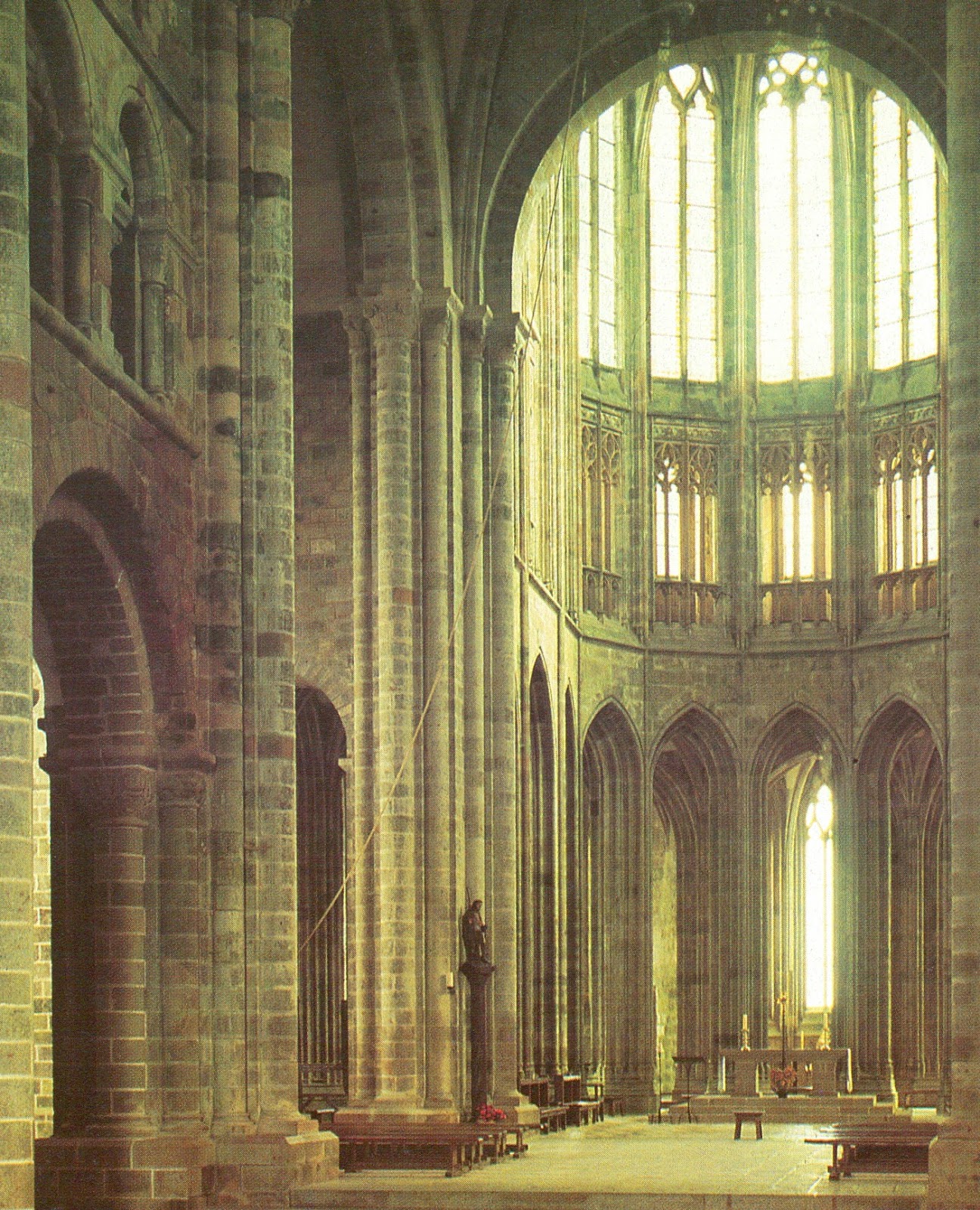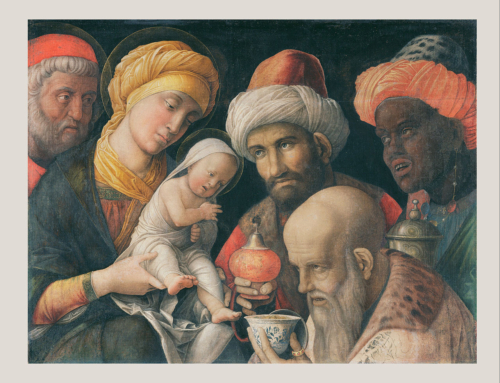Readers have asked for me to conduct an “online retreat” for Lent. I’ve wondered the best way to do this–and figured it would be easiest to simply use excerpts from my book “St Benedict and St Therese–The Little Rule and the Little Way.
I will post excerpts here on the free part of the blog, but there will be a fuller section along with additional comments in the “Suburban Hermit” section of the website which is dedicated to Benedictine Spirituality and is open for Donor Subscribers. I hope it is a Lenten help for all my readers! If you want to learn more about being a Donor Subscriber and have access to my sub-blog The Suburban Hermit go here.
This excerpt is from the introduction and tells how I came to meet St Benedict and St Therese
Over twenty years ago while I was studying to be an Anglican minister at an evangelical college in England, a friend in the United States wrote suggesting that I visit a Benedictine monastery. She was a Benedictine oblate herself and she must have sensed in me some sort of religious vocation. For generations my ancestors had been Mennonites–the strictest sort of Anabaptists– and I had been brought up in a devout fundamentalist home in the United States. Becoming an Anglican had been a rather large transition, but the idea of visiting a Catholic monastery was as alien at that time as suggesting that a good Irish Catholic boy might like to drop in on meeting of the Jehovah’s Witnesses.
Nevertheless, I contacted the guestmaster at the closest Benedictine Abbey, and arranged a visit during my next holiday, which turned out to be during Lent. I arrived with more curiosity than doubt, and was captivated by the religious life immediately. Something about the monks caught my imagination. There was the attraction of a centuries-old way of life being followed in the modern world. There was a bookish religious atmosphere which appealed, and I was curious about the details of the monastic experience.
My second visit was on the eve of the feast of Saint Benedict in July. I will never forget a very fat monk saying with eyes aglow, ‘You’ve come at a good time!’ Indeed I had. The feast to celebrate Saint Benedict’s day was replete with smoked salmon, a beautifully cooked main course, followed by strawberries and cream and rounded off with port, chocolates and a cigar. When I questioned their celebration they explained about fasts and feasts without the slightest touch of apology or condescension. Coming from a background where both penance and celebration were difficult, it seemed to me that the monks enjoyed a congenial balance of the two.
I began to read the Rule of Saint Benedict, and continued to visit monasteries. Five years later, while still an Anglican priest, I had three months free between jobs, and decided to hitch-hike to Jerusalem from England staying in Benedictine monasteries en route. As I travelled I got into a routine of walking and prayer, and every night pulled up at a religious house community of one sort or another. All along the route the Benedictine spirit was the same: hospitable, dignified and refined yet down to earth, joyful and relaxed. I had thought monks were unusual, perhaps a little eccentric or deranged, certainly religious extremists. Instead there was a naturalness about their religion and life which suddenly made the rest of the world look mad. Here were men who had decided to live together in order to pray, work and study. They decided to stay in one place and commit themselves to a hard, but high quality of life. Their life was vibrant and relevant, yet rooted in venerable and beautiful traditions.
At the beginning of my journey to Jerusalem I had stopped in the Northern French town of Lisieux simply because I had heard of Thérèse of Lisieux and the map said, ‘pilgrimage centre’. As an Anglican convert from American fundamentalism I knew next to nothing about Saint Thérèse of Lisieux . I’d read snippets about ‘the little flower’ and concluded that the simpering little girl who said a rosary bead every time she went up the stairs was not really to my taste. The first impressions of Lisieux did little to straighten my wrinkled nose. The road up to the ugly basilica was crammed with souvenir shops clattering with dangling rosaries, holy pictures, and lots of Thérèseian tat and papal paraphernalia. Inside the huge church I was turned off by people lighting candles in front of an arm bone of the saint. There was more to come. In the convent church a figure of Saint Thérèse lies in a glass coffin surrounded with roses like a prop from a Disney film. Near the convent I went into a darkened side room and saw her hair, her habit and her writing desk. It seemed all too much like a visit to a wax museum.
I was beginning to be interested in this little saint, but I was still repulsed by a devotion which seemed both alien and tasteless. As an American I thought the French should know better. Nevertheless, I took a room in the Hermitage—a pilgrim’s hostel next to the Carmel where the saint lived and died. That summer evening I went to bed with the window open. I woke up at about three in the morning. The moon was full and a light breeze was blowing the net curtains at the open window. I was immediately wide awake and aware of a ‘presence’ in my room. The presence seemed to be female and extraordinarily joyful. I am not one for waking dreams and have never had a vision, but I sat up in the bed acutely aware that I was being introduced to something or someone good. I got the impression that the positive presence was that of the saint herself. I sat awake, curious and alert for about a quarter of an hour before the feeling faded and I went back to sleep.
The next morning, remembering my revenant, I visited the book shop, bought Michael Hollings’ biography of Saint Thérèse and read it on my journey.
Benedict and Thérèse are both experts on reality. They teach a spirituality which is down to earth, ordinary and real. The Benedictine vows of stability, obedience and conversion of life hammer home the truth that if we cannot find God here and now we will not be able to find Him anywhere. Both Thérèse and Benedict eschew elaborate religion or esoteric spirituality. Their teaching takes us into the heart of the incarnation because they proclaim the constant truth that ‘God is with us.’ If God is present in this moment and at this place, then this time and place matter eternally and we had better pay attention because we will never be given a better gate to heaven than this present moment.







Leave A Comment
You must be logged in to post a comment.